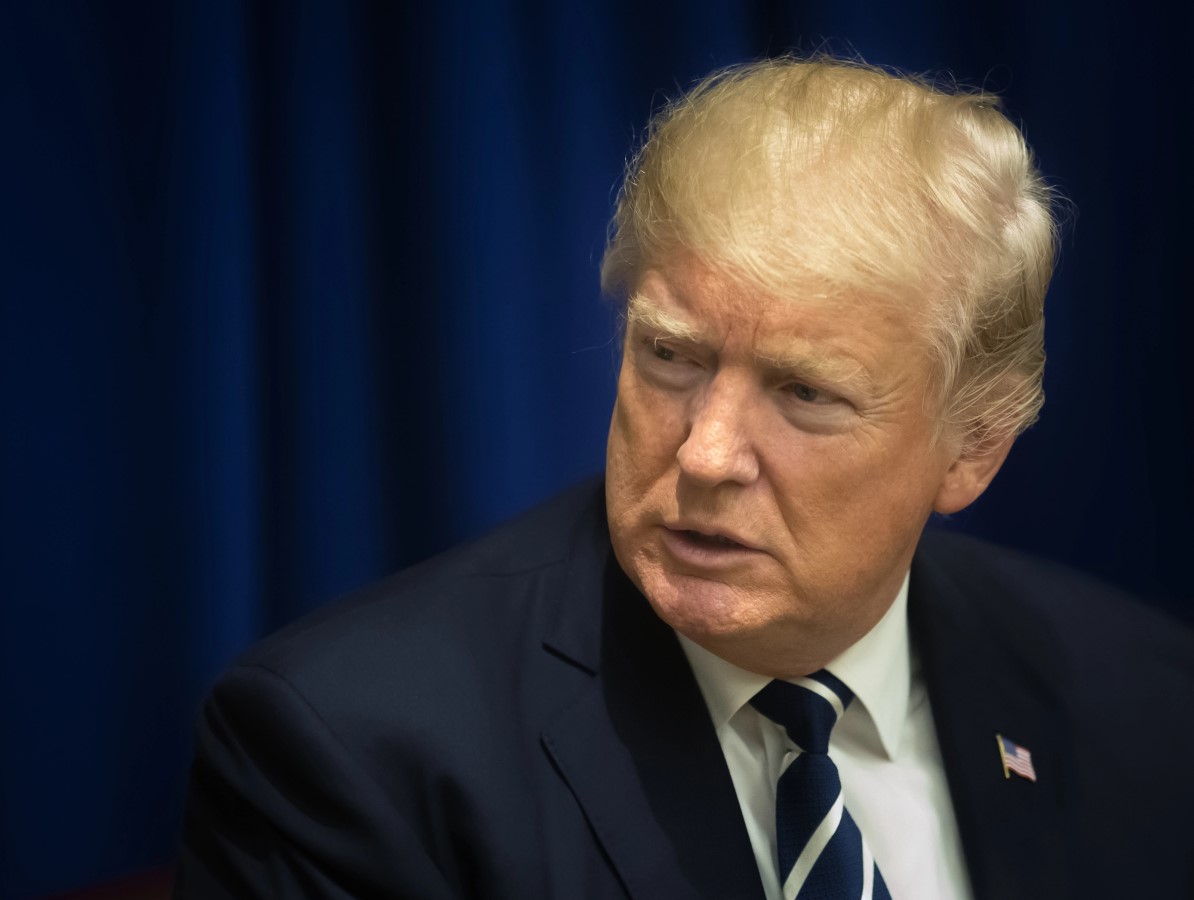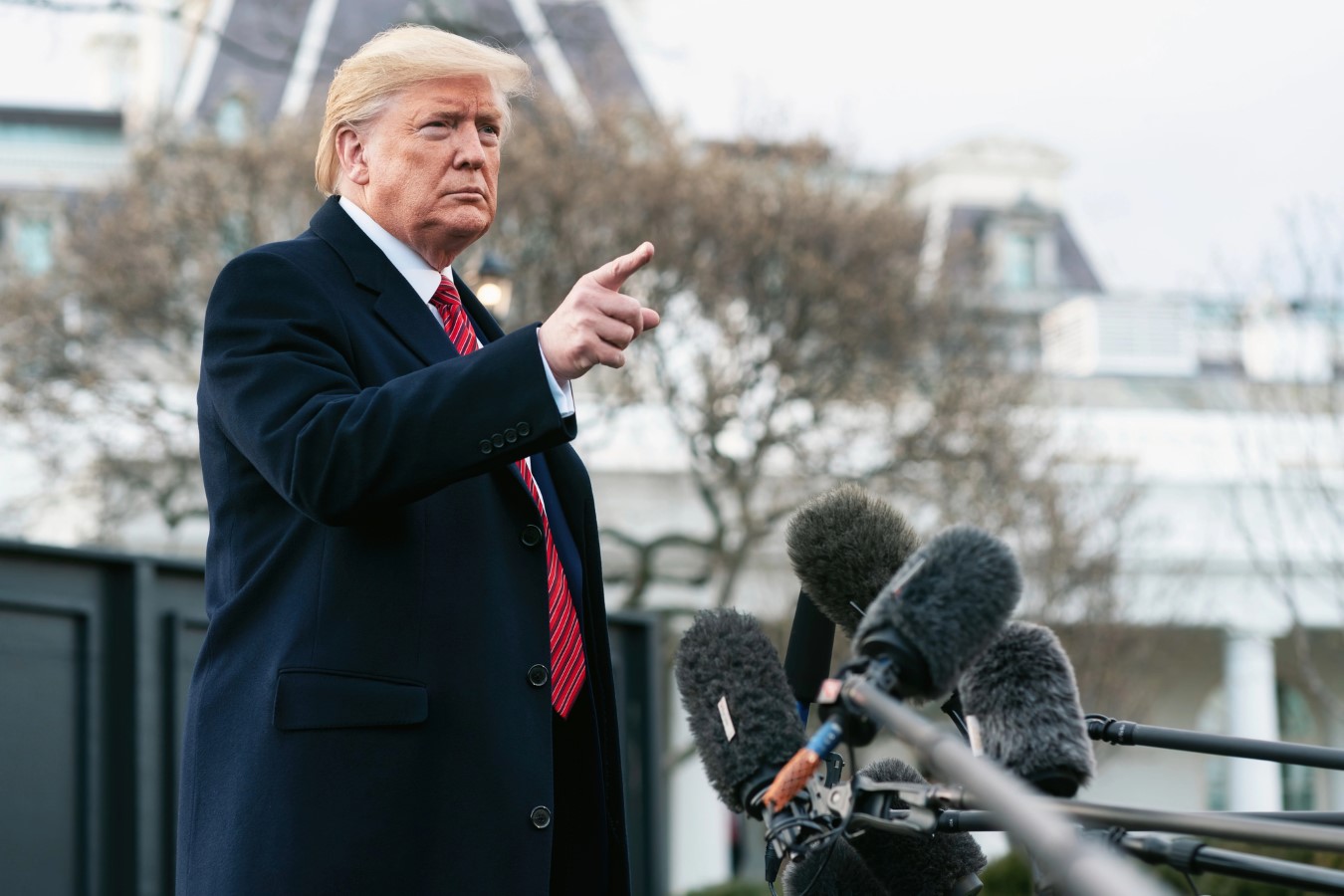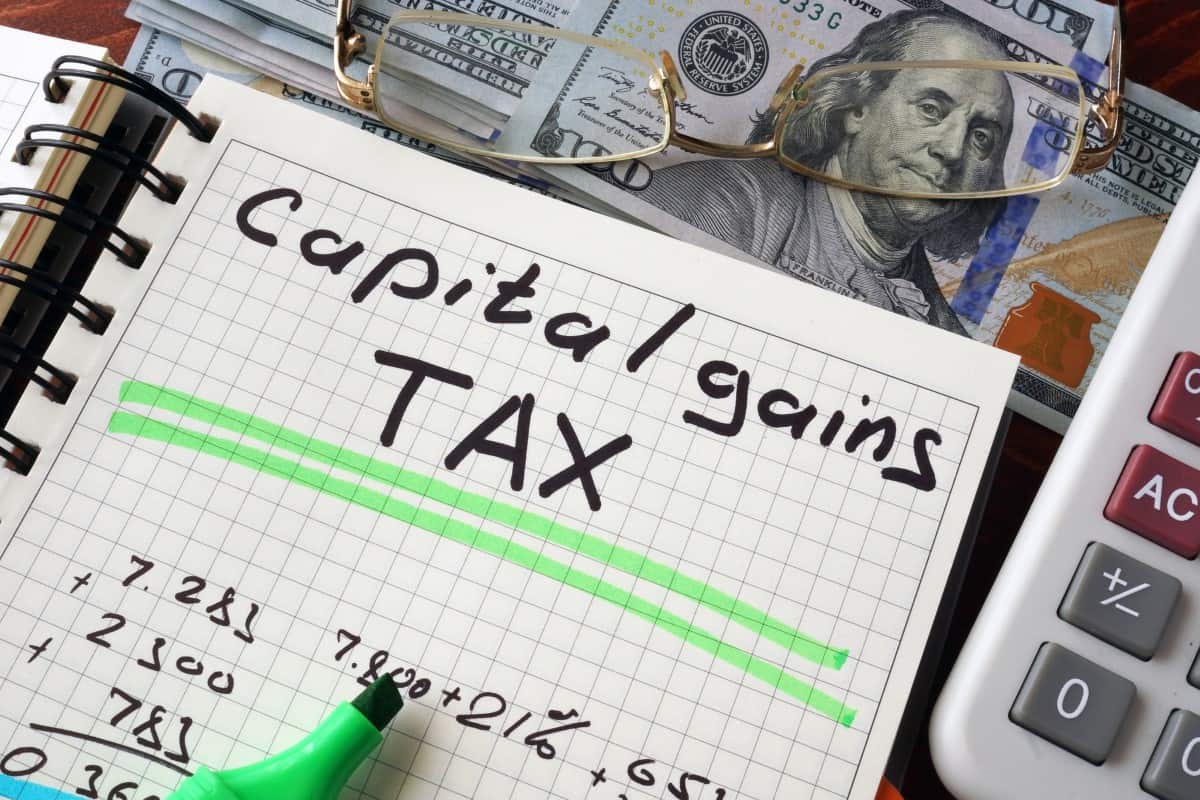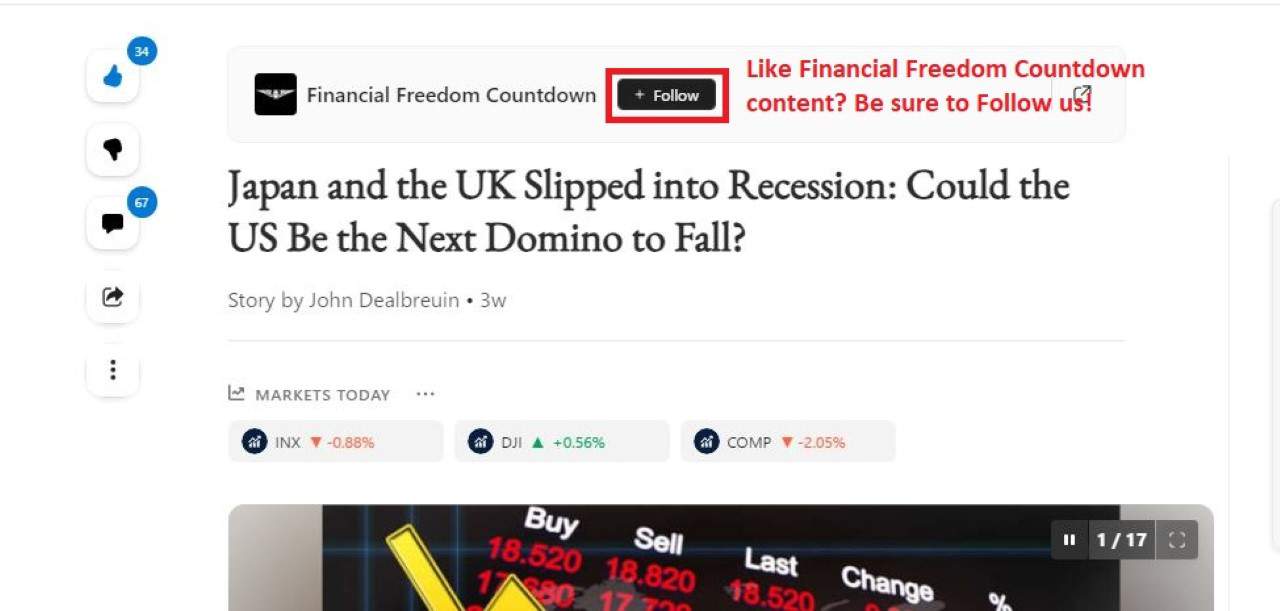After 50-Year Mortgage Backlash, Trump Floats New Fixes: Assumable Loans, Portable Rates, Even A Capital-Gains Break – Financial Freedom Countdown

The affordability crisis has grown too loud for any political figure to ignore, and Donald Trump has begun signaling that he understands the frustration.
With home prices up, mortgage rates stuck near multi-decade highs, and inventory still thin, even middle-income Americans feel locked out.
Trump has increasingly tried to position himself as the President willing to explore unconventional solutions to break the gridlock; solutions that stretch beyond traditional tax credits or zoning reform. His message: he’s aware, and he’s willing to test ideas, even if they’re controversial.
The 50-Year Mortgage Idea Lit Up the Housing Debate

Trump’s first major housing-affordability proposal; the introduction of 50-year mortgages triggered swift debate.
Supporters saw it as a way to reduce monthly payments, but critics warned it would trap borrowers in lifelong debt and push prices even higher by encouraging buyers to stretch further.
Economists also noted the long-term interest costs would be enormous. The reaction was loud enough that Trump began signaling he was open to adjusting the approach.
Instead of defending the plan at all costs, he appeared to take the market’s feedback seriously.
Trump’s Message After the Backlash: “I Hear You”

Rather than doubling down, Trump quickly pivoted.
Advisors framed the 50-year idea as one of many tools; not the final word.
Federal Housing Finance Agency (FHFA) Director Bill Pulte himself has since hinted that he’s now exploring alternative ideas that could ease affordability without locking families into six decades of payments.
Assumable Mortgages Are Back on the Table

One of the biggest ideas gaining traction in Trump’s orbit is the expansion of assumable mortgages.
The concept is simple yet powerful: let buyers take over a seller’s existing mortgage; and its rate.
With so many homeowners still sitting on historically low 2–3% loans, assumable mortgages could effectively let families “borrow” yesterday’s cheap rates.
Housing analysts argue this could unlock millions of homes that are currently frozen because owners don’t want to trade a 3% mortgage for a 7% one.
Why Assumable Loans Matter in 2025

Assumable mortgages already exist in some FHA and VA programs, but they’re limited and often buried in paperwork.
Expanding them could dramatically soften affordability pressures by tapping into the nation’s existing supply of “good” mortgages. Trump has hinted that the government could push lenders to modernize and scale the concept.
Portable Mortgages: Letting Homeowners Keep Their Low Rates When They Move

Another idea gaining traction around Trump’s housing discussions is the creation of portable mortgages; loans that let homeowners take their existing interest rate with them when they move.
The concept is simple: instead of giving up a 3% mortgage and replacing it with a new 7% loan, a homeowner could “carry” their original rate to their next property.
For example, imagine a homeowner who bought a $350,000 house in 2020 with a 3% mortgage and now owes $280,000. Under a portable system, if they sell and buy a $450,000 home today, they could apply their existing mortgage to the new property. Their remaining $280,000 balance would continue at 3%, and they’d only need a supplemental loan; say $170,000, at today’s higher rates.
The blended payment would be dramatically lower than taking out a full 7% mortgage on the entire amount.
Here’s another scenario: a couple with a $200,000 remaining balance at 2.75% wants to move closer to family into a $300,000 house. Instead of facing a payment jump from roughly $816/month (their current mortgage) to $2,000+ on a new high-rate loan, they’d carry most of their old loan forward.
A supplemental loan for the extra $100,000 at 7% would still raise their payment; but not nearly as much as replacing everything with a new mortgage.
These numerical differences are what make portability compelling: it preserves access to yesterday’s low rates and dramatically reduces the financial penalty for moving, especially for families needing more space, seniors downsizing, or workers relocating for jobs.
Portable Loans Could Free Up Inventory at the Top End, Too

High-income homeowners are also staying put because moving means taking on expensive new loans. A portable system could unlock inventory across multiple price tiers, helping first-time buyers downstream.
Trump’s interest in the idea suggests he’s looking for politically palatable ways to break the housing logjam without massive new spending programs.
A Capital Gains Exemption to Encourage Homeowners to Sell

Another proposal floating around Trump’s circle: a targeted capital gains exemption for long-time homeowners.
Today, many older Americans hesitate to sell because their home values have soared so much that a sale would trigger a large capital gain.
Currently, individuals can exclude $250,000 of the profits on a home sale from capital-gains taxes, and married couples can exclude $500,000.
These exclusion limits have not changed since 1997.
Why This Matters: Seniors Are Sitting on Millions of Homes

Experts estimate that seniors hold a huge share of America’s locked-up inventory. A meaningful tax break could free up a wave of homes that younger families desperately need.
Trump is reportedly exploring an expansion; or a special carve-out designed to encourage retirees and long-time owners to list their homes without facing a five- or six-figure tax bill.
But it would also cost revenue, making the political path tricky.
The Housing Crisis Is Forcing the Trump Administration to Get Creative

Housing is now a top-five voter issue, and Trump’s evolving posture reflects that shift. Americans aren’t looking for a perfect plan; they’re looking for a signal that someone understands how broken the market has become.
The Political Reality: Congress Must Play Ball

The biggest roadblock is that these ideas require congressional support.
Assumable mortgages and portable loans would need lender cooperation and regulatory change.
A capital gains exemption would require legislation.
And any major shift risks unintended consequences; especially in a market already overheating in pockets.
Americans Are Struggling to Buy Homes and Trump Wants Them to Know He’s Listening

Trump’s evolving housing agenda is far from finalized.
But the direction is clear: he floated the 50-year mortgage, heard the backlash, and is now broadening the toolkit; assumable mortgages, portable mortgages, targeted tax relief, and other ways to pry open a locked housing market.
For Americans desperate for affordability relief, the willingness to rethink and recalibrate may be the most important message of all.
Like Financial Freedom Countdown content? Be sure to follow us!
Millions Could Miss Out on a New $1,000 Federal Retirement Match. Check If You Qualify

Beginning in 2027, millions of lower- and moderate-income savers will qualify for what financial researchers are bluntly calling “free money.” The new federal Saver’s Match; created under the 2022 SECURE 2.0 Act will replace today’s underused Saver’s Credit with a far more powerful benefit: up to $1,000 deposited directly into your retirement account every year. Morningstar’s early modeling suggests that eligible participants could see retirement wealth jump as much as 12%, a remarkable return for a program few Americans have even heard of.
Millions Could Miss Out on a New $1,000 Federal Retirement Match. Check If You Qualify
Trump Floats $2,000 ‘Tariff Dividend’ for Americans But Treasury Downplays Talk of Actual Checks

President Donald Trump’s latest social media announcement; a promise to send Americans a $2,000 “dividend” from tariff revenues has generated both excitement and uncertainty. In a Sunday post on Truth Social, Trump declared that a dividend of “at least $2000 a person (not including high income people!)” would be paid to everyone, funded by the trillions in tariff revenue his administration says it’s collecting. But Treasury Secretary Scott Bessent quickly clarified that Americans might not actually see checks in the mail. Instead, he hinted that the so-called “dividend” could come through existing tax cuts and deductions already signed into law.
Trump Floats $2,000 ‘Tariff Dividend’ for Americans But Treasury Downplays Talk of Actual Checks
Treasury Hikes I Bond Rate to 4.03%, Yet Fixed Portion Drops — Here’s What It Means for Savers

The U.S. Treasury has announced a new 4.03% rate for Series I savings bonds, slightly higher than the previous 3.98%. But beneath the bump lies a subtle setback: the fixed-rate portion has slipped to 0.9% from 1.1%. That quiet change could reduce long-term returns for investors hoping to lock in inflation-protected income, even as I bonds remain one of the safest options for conservative savers.
Treasury Hikes I Bond Rate to 4.03%, Yet Fixed Portion Drops — Here’s What It Means for Savers

Did you find this article helpful? We’d love to hear your thoughts! Leave a comment with the box on the left-hand side of the screen and share your thoughts.
Also, do you want to stay up-to-date on our latest content?
1. Follow us by clicking the [+ Follow] button above,
2. Give the article a Thumbs Up on the top-left side of the screen.
3. And lastly, if you think this information would benefit your friends and family, don’t hesitate to share it with them!

John Dealbreuin came from a third world country to the US with only $1,000 not knowing anyone; guided by an immigrant dream. In 12 years, he achieved his retirement number.
He started Financial Freedom Countdown to help everyone think differently about their financial challenges and live their best lives. John resides in the San Francisco Bay Area enjoying nature trails and weight training.
Here are his recommended tools
Personal Capital: This is a free tool John uses to track his net worth on a regular basis and as a retirement planner. It also alerts him wrt hidden fees and has a budget tracker included.
Platforms like Yieldstreet provide investment options in art, legal, real estate, structured notes, venture capital, etc. They also have fixed-income portfolios spread across multiple asset classes with a single investment with low minimums of $10,000.